Every so often, I come across a business writer arguing against Employee Engagement. Typically, they have a few common complaints. It’s not a corporation’s job to make people happy or to provide perks, they say. Or, correlations don’t prove anything, so it’s not worth the investment. Some claim that it’s manipulative and just benefits employers. And some even say that Employee Engagement is just a fad.
It’s not. And here’s why.
Treating People Well Is Not a Perk
We often hear that people are a company’s most important asset. But when it comes to doing the right things for them – providing feedback, recognition, development, compensation, incentives – short-sighted leadership classifies these efforts as perks. It’s not a perk to create an environment in which people are free to do their best work, in the knowledge that they have clear direction, share the rewards of success, and have a promising future that fulfills their personal motivations.
It’s actually a benefit to the company. In fact, in a reviving economy with a shrinking talent pool, the benefit of working in a pro-employee place is a differentiator for the best workers. They’re not looking for free cookies in the break room (now, that’s a perk!). They are looking for opportunity, feedback, fairness, and mutual success.
Happiness is a (Great) Byproduct, Not the Goal
Employee engagement programs can improve overall morale. Most employees feel better about being at work every day when they know what it takes to succeed, are recognized and rewarded for their work, and are openly valued by senior leaders.
After all, human resources are human. They bring with them all the opinions and aspirations people bring to every situation. The mood and culture of the workplace will shift as the needs and hopes of its workers are addressed. Not everyone will be happier – we can’t control for personality or outside influences – but many will be.
This is not to say that employee engagement is about making people happy, especially not at the expense of work goals and commitments. The happiness of the team is a byproduct of making sure people have the tools they need to do the job and are fairly recognized and rewarded for what they do.
I’m all for a great company party to boost morale, but that happiness won’t stick if employees are mired in impossible circumstances or go unrecognized for their efforts.
You Say Cause, I Say Correlate
Can anyone promise that making an effort to engage employees will automatically create a specific percentage increase in sales? No. But we do know that practicing the behaviors of the best companies gives us a better chance to grow into one. There are clear correlations between high employee engagement levels and business outcomes, including reduced absenteeism, higher profits, and better customer satisfaction scores.
Some detractors will say that these correlations are not enough. Unfortunately, there are few absolutes when connecting with people and their behaviors.
My daughter is a swimmer. She goes to practice four times a week, competes on weekends, and attends dryland practice at night. Why? Because these are the behaviors that are the most likely to get her where she wants to go.
Can her coach promise her she will win her races if she does all this? No. But her coach can promise her that all of these actions will help her be the best swimmer she can be. These actions correlate to those of successful swimmers. They give her the best chance of reaching her peak performance and being able to compete.
That’s what we’re doing when we set out to engage employees. Give them the best chance at peak performance and give the organization its best opportunity to compete in the marketplace.
As with coaching swimmers, it takes attention, focus, and some tweaking to get the best out of everyone, but with time, all should improve.
Employee Engagement is Just a Fad
Actually, no. Engagement is the terminology we use today. It’s understandable, relates to customer and client engagement, and makes it easy to talk about. But the concepts behind what drives workers and helps them succeed goes back decades and through many buzzwords: from Maslow’s Hierarchy of Needs to Herzberg’s Motivation-Hygiene Theory to Performance Motivation.
The over-arching questions – and solutions – are the same, no matter the name. Organizations who hope to be best-in-class must consider what engages their employees, provide the tools and framework so workers can do their best work, and share the benefits of the results through recognition, rewards, or opportunity.
The phrase “employee engagement” may go out of fashion, but the message and the mission remain the same: People matter in the workplace and connecting with their needs and aspirations benefits the organization and the individual. It’s not a perk. It’s not a fad. It’s good for people and good for business.



